Introduction
In the field of mineral processing, the efficient separation of different minerals is of great significance. For a certain tin mine, in order to recover cassiterite by gravity separation, it is necessary to first float the sulfide ores with coarse grains preferentially. However, this separation process is rather challenging. This research focuses on the application of ferrous sulfate and sodium cyanide as a combined depressant for marmatite, aiming to solve the difficult separation problem in this tin mine.
The Significance of Separation in the Tin Mine
The tin ore in question contains various minerals, among which the separation of sulfide ores is a crucial step before the recovery of cassiterite. The presence of sulfide minerals can interfere with the subsequent gravity separation of cassiterite. If not separated effectively, it will lead to a decrease in the purity and recovery rate of cassiterite. The complex nature of the ore makes the separation of sulfide ores, especially the separation of different sulfide minerals from each other, a difficult task.
The Function of Ferrous Sulfate and Sodium Cyanide
As a Combined Depressant for Marmatite
Ferrous sulfate and sodium cyanide are used in combination as depressants for marmatite. Marmatite is a common zinc-bearing sulfide mineral in lead-zinc sulfide ores. By using this combination of reagents, the flotation activity of marmatite can be effectively suppressed. Ferrous ions in ferrous sulfate can react with the surface of marmatite, forming a hydrophilic film on its surface. Sodium cyanide, on the other hand, can complex with metal ions on the surface of marmatite, further enhancing the depression effect. This combined action reduces the attachment of marmatite to the air bubbles in the flotation process, thus achieving the purpose of separation.
Suppressing the Activity of Pyrite
In addition to being a depressant for marmatite, this combination of ferrous sulfate and sodium cyanide also has a significant effect on suppressing the activity of pyrite. Pyrite is a common sulfide mineral that often coexists with other valuable minerals. Its high flotation activity can interfere with the selective separation of target minerals. The combination of ferrous sulfate and sodium cyanide can change the surface properties of pyrite. The reaction products formed on the surface of pyrite make it more hydrophilic, reducing its floatability and preventing it from being floated together with the target minerals.
Separating Jamesonite
One of the important achievements of this research is the preferential separation of jamesonite. Jamesonite is a brittle sulfur-antimony-lead mineral. Under the appropriate reagent conditions with ferrous sulfate and sodium cyanide, the separation of jamesonite from other sulfide minerals can be realized. The specific mechanism may be related to the different surface chemical properties of jamesonite compared with other minerals. The combination of these two reagents can selectively act on the surface of other sulfide minerals (such as marmatite and pyrite), while having little effect on the flotation of jamesonite, thus achieving the separation of jamesonite.
Research on the Mechanism of the Combined Depressant
The research on the mechanism of this combined depressant mainly focuses on the surface chemical reactions of minerals. Through various analytical methods such as X-ray photoelectron spectroscopy (XPS) and scanning electron microscopy (SEM), the changes in the surface composition and morphology of minerals after treatment with ferrous sulfate and sodium cyanide were studied. XPS analysis can determine the chemical states of elements on the mineral surface and the formation of new chemical substances. SEM can directly observe the changes in the surface morphology of minerals, such as the formation of films or the aggregation of substances. These research methods help to clarify the specific chemical reactions and physical changes that occur on the mineral surface under the action of the combined depressant, providing a theoretical basis for the application of this combination of reagents in actual mineral processing.
Conclusion
In conclusion, the combination of ferrous sulfate and sodium cyanide shows great potential in the separation of lead - zinc sulfide ores in the studied tin mine. By effectively suppressing the activity of marmatite and pyrite, and realizing the preferential separation of jamesonite, it provides a new solution for the difficult separation problem in this tin mine. Further research can be carried out to optimize the dosage and usage conditions of these two reagents to achieve more efficient and economical mineral separation. This research not only has important practical significance for the tin mine in question but also provides valuable reference for similar mineral processing scenarios.
- Random article
- Popular articles
- Popular comments
- Hg-ore gravity separation process
- Iron ore reverse flotation process
- Nickel Ore Mixing and Separation Flotation Process
- Zirconium Ore Processing: Gravity, Magnetic, and Flotation Methods
- Chromite Gravity, Magnetic, and Electric Separation Process
- Understanding the Manganese Ore Flotation Process
- Effective Flotation Processes for Copper-Molybdenum Ores




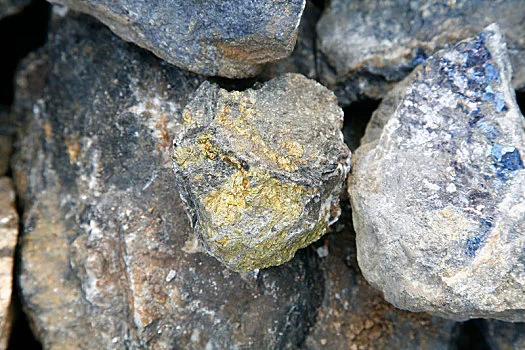
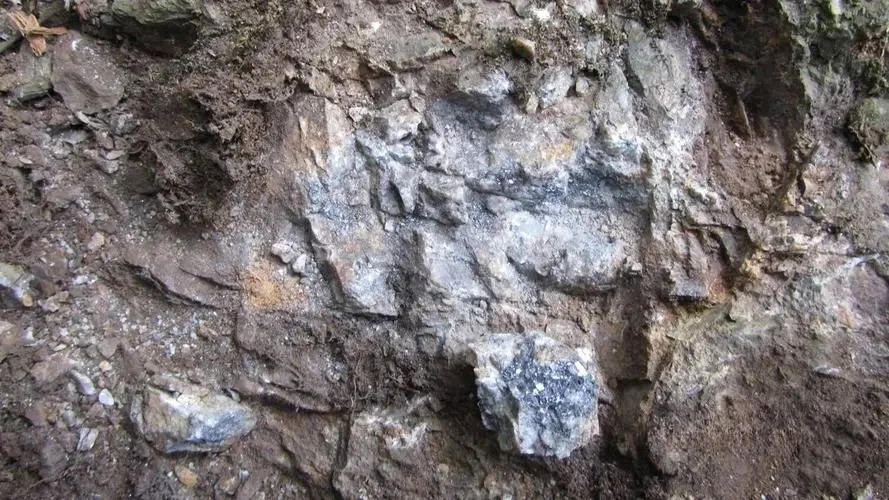
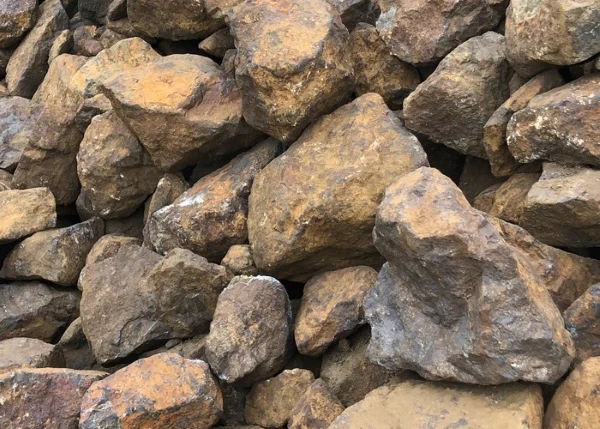
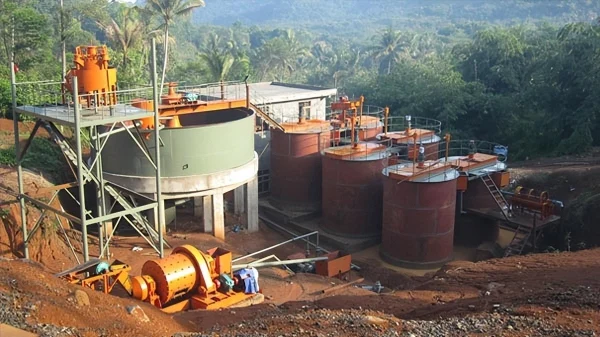
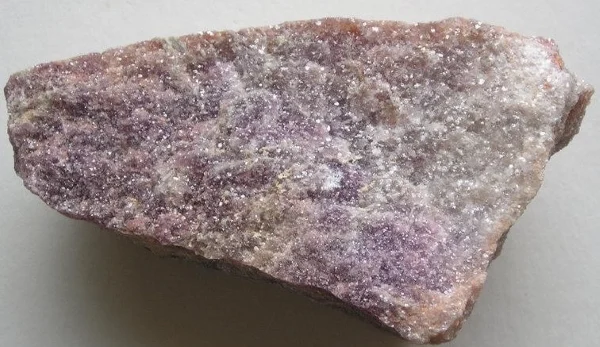
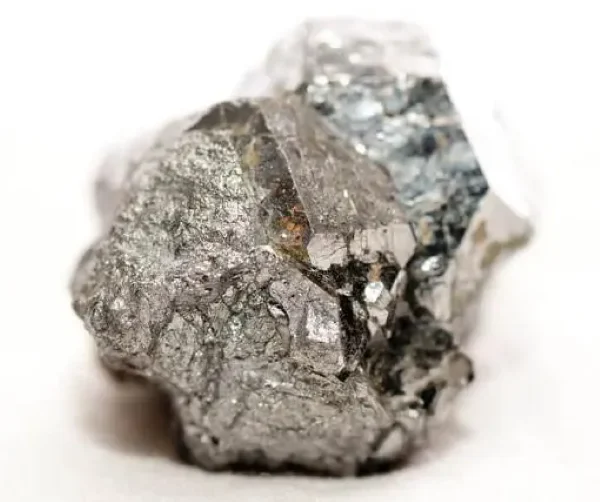
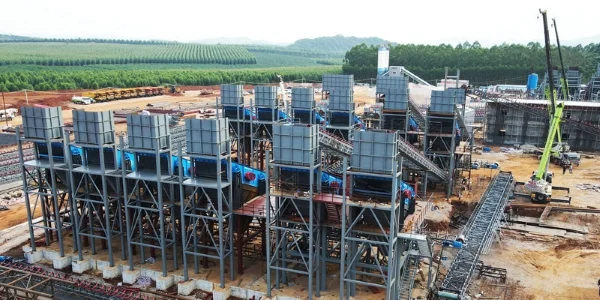
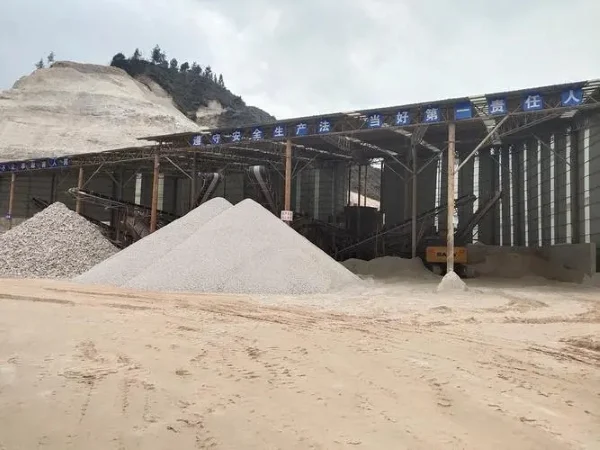
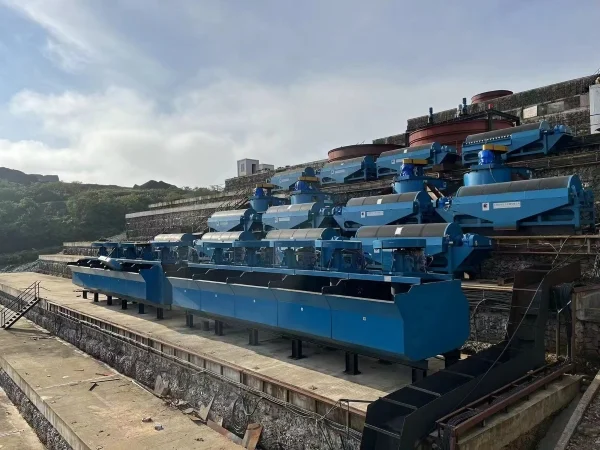
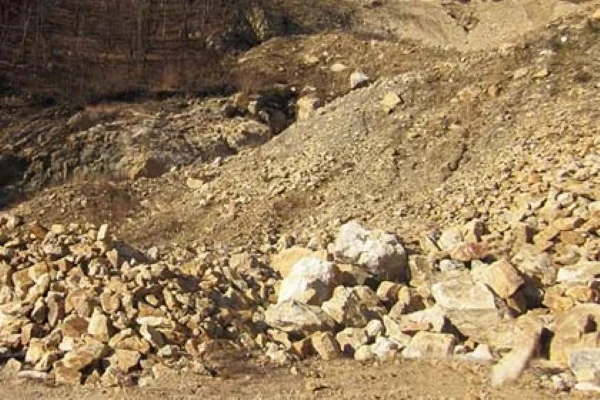


Leave a message with your needs or comments
Add comment: